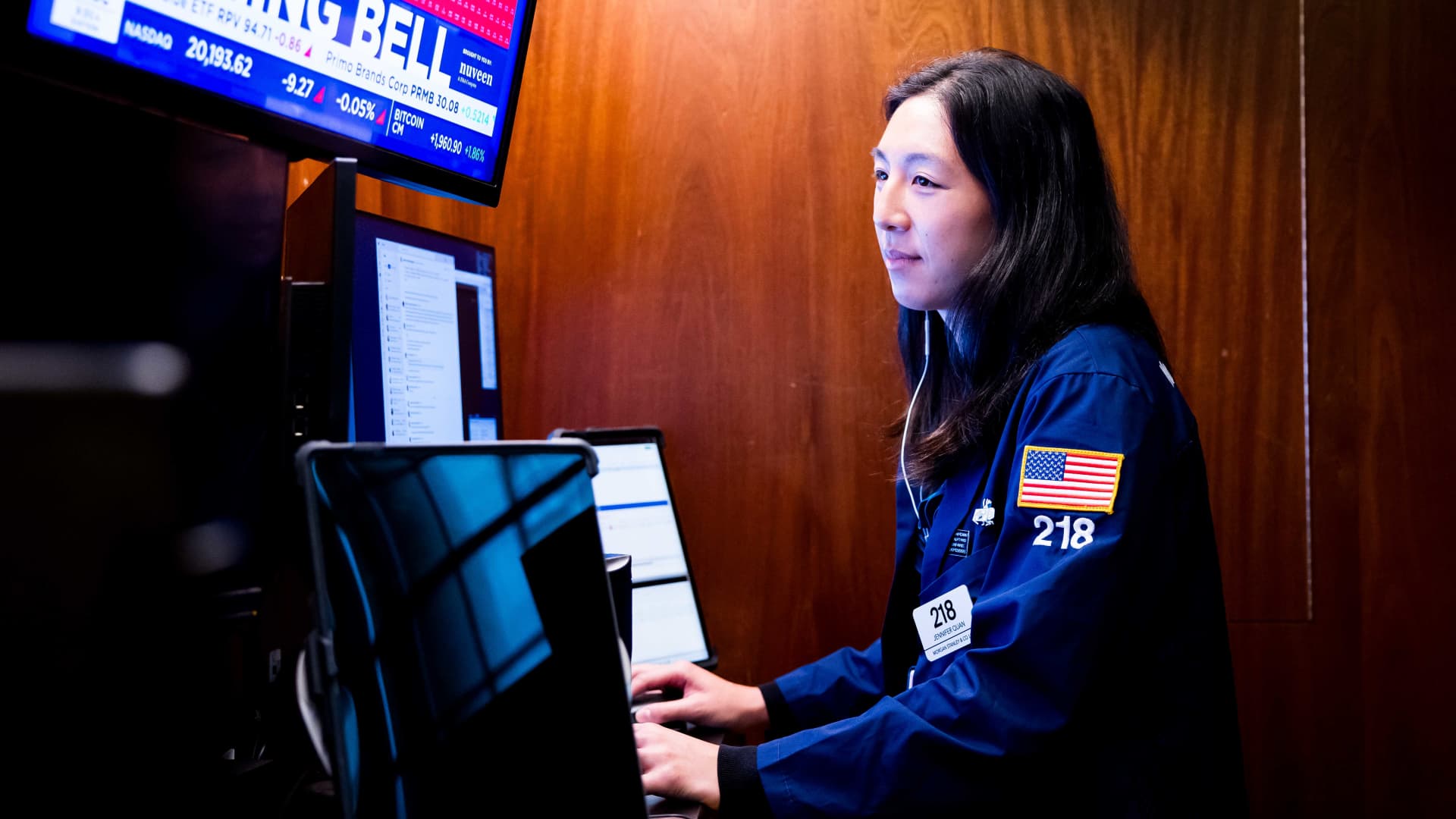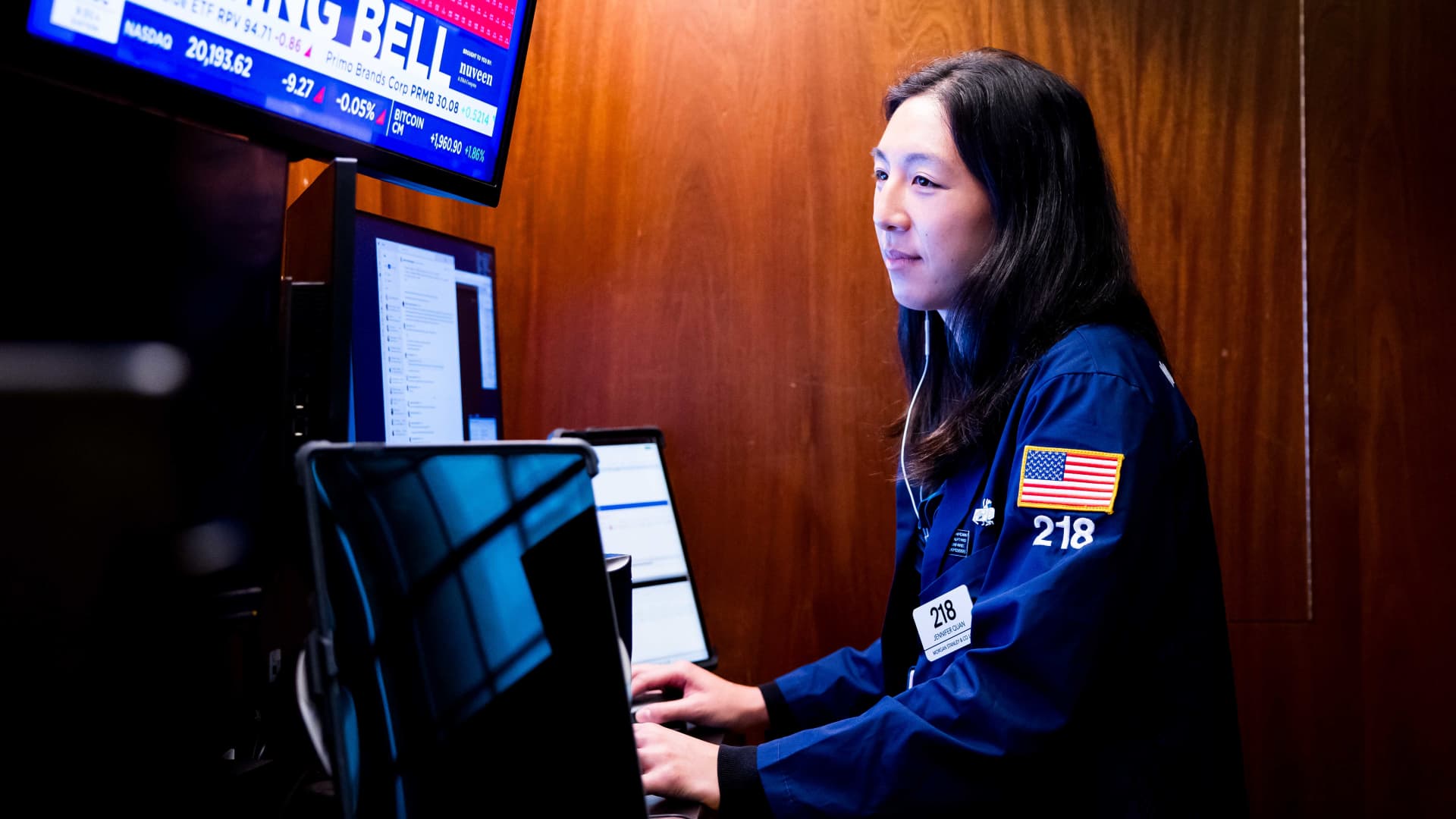Design, at its core, is a problem-solving discipline. Whether crafting a digital interface, engineering a building, or composing a piece of music, the designer’s role is to identify a need and then devise a solution that is both functional and aesthetically pleasing. While trends in design ebb and flow with relentless speed, certain foundational principles remain timeless, guiding the creative process and ensuring that the end result resonates with its intended audience. These principles, when understood and applied effectively, elevate design from mere decoration to a powerful form of communication.
Harmony: The Symphony of Elements
Harmony in design is akin to a well-composed symphony, where individual elements blend seamlessly to create a unified and cohesive whole. Achieving harmony involves a deliberate arrangement of color, typography, imagery, and spacing. Color harmony, for instance, can be achieved through analogous, complementary, or triadic color schemes, each evoking distinct moods and visual impacts. The choice of color palette should align with the brand’s identity and the message being conveyed.
Typography is another critical component of harmony. The selection of fonts should be purposeful, considering both the brand’s personality and the readability of the text. Pairing fonts that complement rather than clash is essential for creating a visually appealing design. For example, a serif font paired with a sans-serif font can create a balanced and harmonious typographic hierarchy.
Imagery, whether photographs, illustrations, or icons, should also align with the overall design aesthetic. The style, tone, and subject matter of the imagery should reinforce the brand’s identity and the message being communicated. Consistency in imagery helps create a cohesive visual language that resonates with the audience.
Spacing, often overlooked, is a crucial element of harmony. White space, or negative space, provides breathing room for the design elements, preventing the design from feeling cluttered or overwhelming. Effective use of white space can enhance readability, draw attention to key elements, and create a sense of visual balance. For instance, a well-spaced layout can guide the viewer’s eye through the design, highlighting important information and creating a sense of order.
Balance: The Art of Equilibrium
Balance is a fundamental principle of design that refers to the distribution of visual weight within a composition. Just as a physical object needs to be balanced to stand upright, a design needs to be balanced to feel stable and visually appealing. There are two primary types of balance: symmetrical and asymmetrical.
Symmetrical balance, also known as formal balance, is achieved when the elements on either side of a central axis are mirror images of each other. This type of balance creates a sense of order, stability, and formality. Symmetrical designs are often used for logos, invitations, and other materials where a sense of tradition and elegance is desired. For example, a symmetrical layout can convey a sense of symmetry and balance, making it ideal for formal and corporate designs.
Asymmetrical balance, also known as informal balance, is achieved when the elements on either side of a central axis are different but still create a sense of equilibrium. This type of balance is more dynamic and visually interesting than symmetrical balance. Asymmetrical designs are often used for websites, posters, and other materials where a sense of creativity and energy is desired. Achieving asymmetrical balance requires a keen eye and a careful consideration of the visual weight of different elements. For instance, a large, dark element can be balanced by a smaller, lighter element, creating a composition that feels balanced and harmonious.
Emphasis: Drawing the Eye
Emphasis is the principle of design that involves creating a focal point in a composition, drawing the viewer’s attention to a specific element or area. Without emphasis, a design can feel flat and uninteresting. Emphasis can be achieved through a variety of techniques, including color, size, shape, placement, and contrast.
Using a contrasting color to make an element stand out is a common technique for creating emphasis. For example, a bright red button on a predominantly blue background will immediately draw the viewer’s attention. Similarly, making an element larger than the surrounding elements can create a sense of importance and hierarchy. A unique shape or placement can also draw attention to an element, making it stand out from the rest of the design.
Contrast is another effective technique for creating emphasis. Using a strong contrast in value or texture can make an element stand out, drawing the viewer’s attention to it. For instance, a high-contrast image can create a dramatic effect, making the subject of the image stand out.
The focal point should be strategically chosen to guide the viewer’s eye through the design and highlight the most important information. A well-placed focal point can create a sense of hierarchy and direct the viewer’s attention to the desired message. For example, a prominent headline in a magazine layout can draw the reader’s attention to the most important story, guiding them through the rest of the content.
Rhythm: The Visual Beat
Rhythm in design refers to the repetition of elements to create a sense of movement and visual interest. Just as rhythm in music creates a sense of flow and energy, rhythm in design can create a sense of dynamism and engagement. There are several types of rhythm, including regular, graduated, and random.
Regular rhythm involves repeating elements in a consistent pattern. This type of rhythm creates a sense of order and stability, making it ideal for designs that require a sense of calm and consistency. For example, a grid layout with consistent spacing can create a sense of order and harmony.
Graduated rhythm involves gradually increasing or decreasing the size or spacing of elements. This type of rhythm creates a sense of movement and progression, making it ideal for designs that require a sense of dynamism and energy. For instance, a series of images with gradually increasing size can create a sense of depth and movement.
Random rhythm involves repeating elements in an unpredictable pattern. This type of rhythm creates a sense of excitement and unpredictability, making it ideal for designs that require a sense of creativity and spontaneity. For example, a collage of images with varying sizes and placements can create a sense of visual interest and engagement.
Rhythm can be used to create a variety of effects, from a sense of calm and order to a sense of excitement and energy. The choice of rhythm depends on the overall message the design seeks to convey. For instance, a regular rhythm can create a sense of stability and consistency, while a random rhythm can create a sense of creativity and spontaneity.
Proportion: The Golden Ratio and Beyond
Proportion refers to the relationship between the size of different elements in a composition. A well-proportioned design feels balanced and harmonious, while a poorly proportioned design can feel awkward and unsettling. One of the most well-known principles of proportion is the Golden Ratio, a mathematical ratio that is found throughout nature and is believed to be aesthetically pleasing. The Golden Ratio can be used to determine the ideal proportions for a variety of design elements, including the size of a logo, the layout of a website, and the spacing of text.
While the Golden Ratio is a useful guideline, it is not the only factor to consider when determining proportions. The specific proportions that work best for a given design will depend on the overall style and message of the design. For example, a design with a more modern and minimalist aesthetic may require different proportions than a design with a more traditional and ornate aesthetic.
Unity: The Cohesive Vision
Unity is the ultimate goal of design – the sense that all the elements in a composition work together to create a cohesive and harmonious whole. Unity is achieved when the elements are related to each other in a way that is visually pleasing and reinforces the overall message of the design. Without unity, a design can feel disjointed and confusing.
Achieving unity requires a careful consideration of all the other design principles, including harmony, balance, emphasis, rhythm, and proportion. The elements should be chosen and arranged in a way that creates a sense of visual consistency and reinforces the overall theme. For example, a design with a consistent color palette, typography, and imagery can create a sense of unity and coherence.
The Enduring Legacy: Principles as a Compass
In a world saturated with fleeting trends and ever-evolving technologies, the foundational principles of design stand as unwavering pillars of creative expression. They are not mere rules to be followed blindly, but rather a compass to guide designers towards solutions that are both functional and aesthetically resonant. By understanding and applying these principles, designers can create work that transcends the superficial and connects with audiences on a deeper, more meaningful level. The enduring allure of these principles lies in their ability to transform mere visual arrangements into powerful forms of communication, ensuring that the message is not only seen but also felt. They are the bedrock upon which great design is built, a testament to the timeless power of thoughtful and intentional creation.












